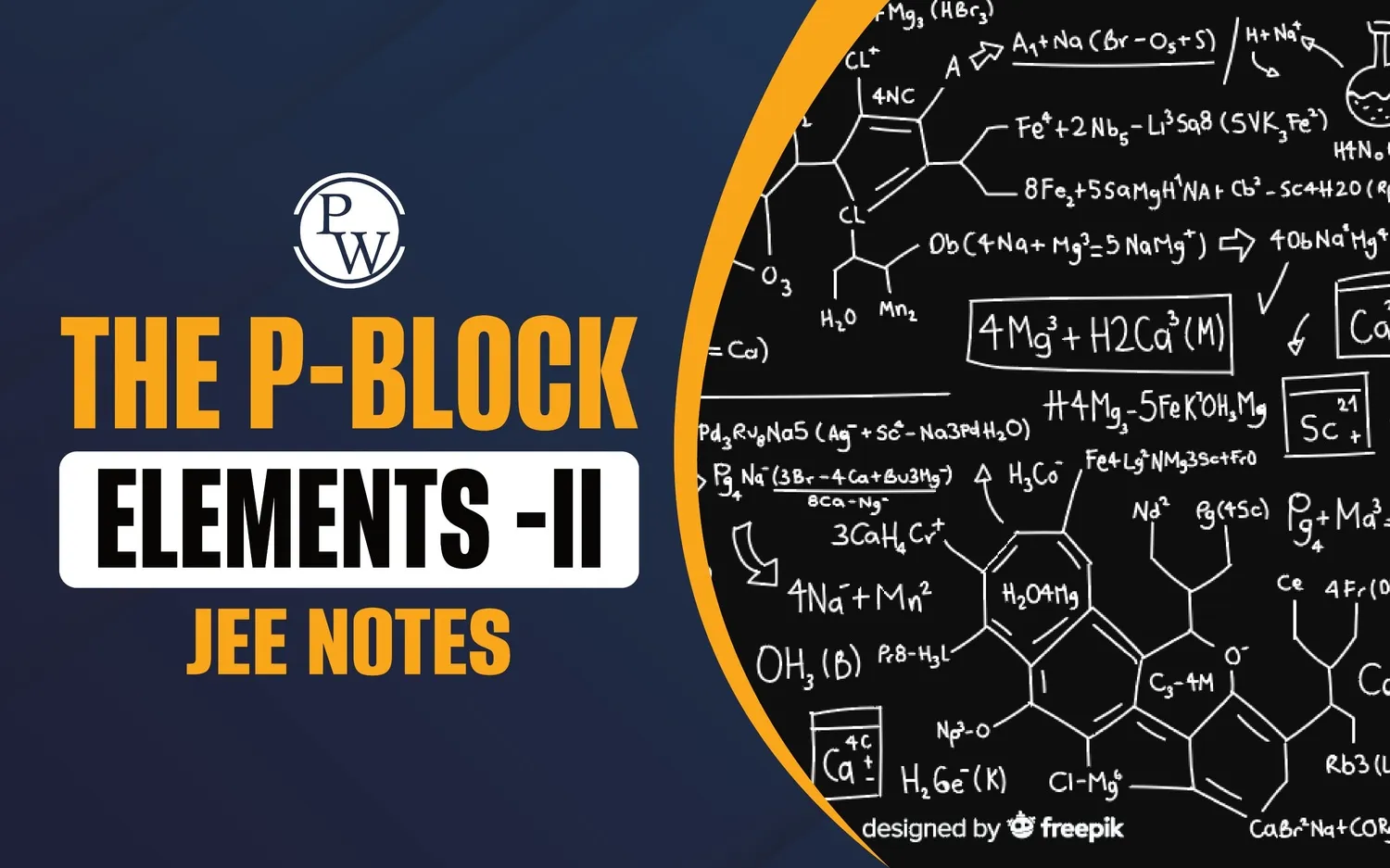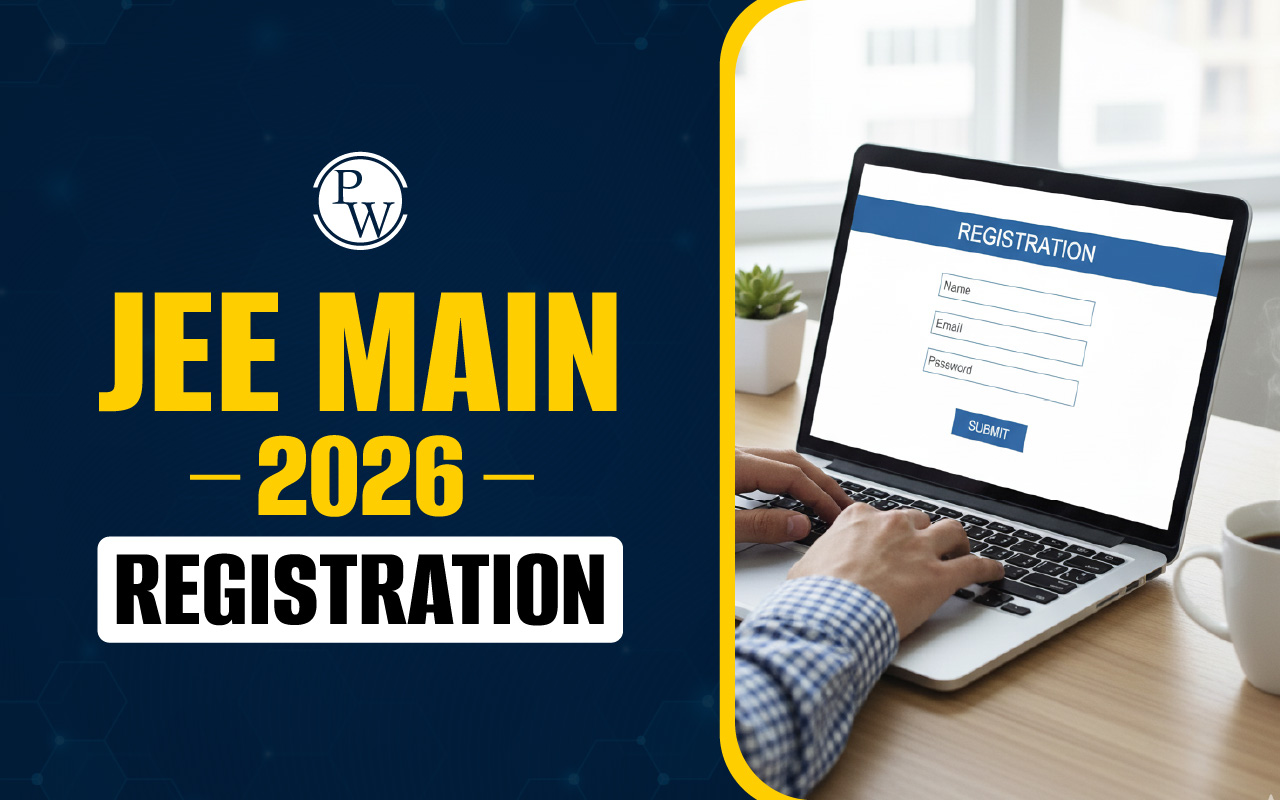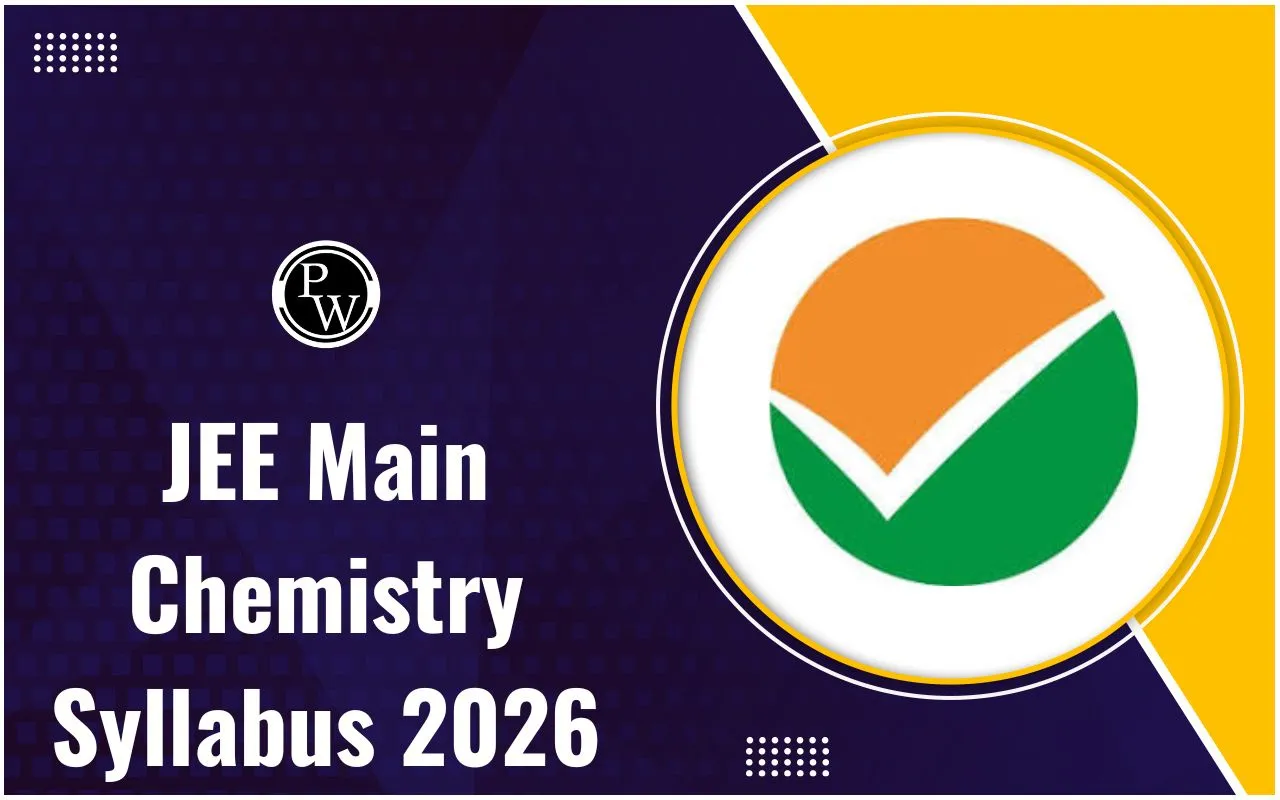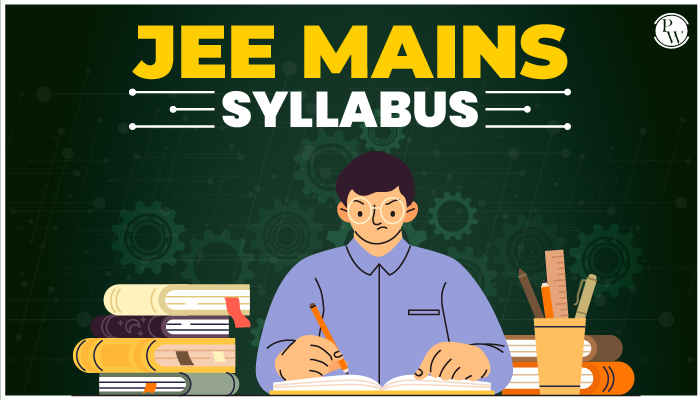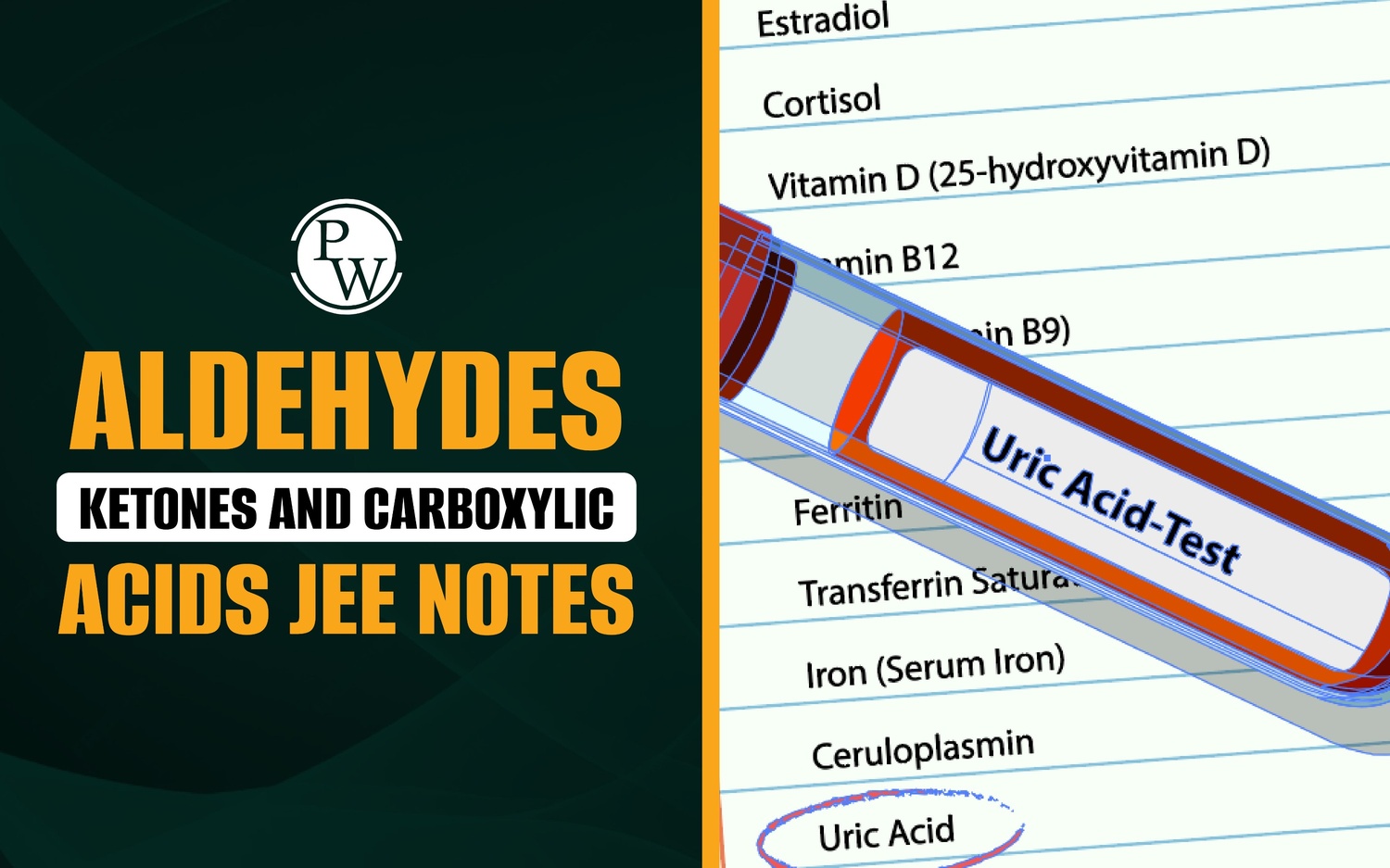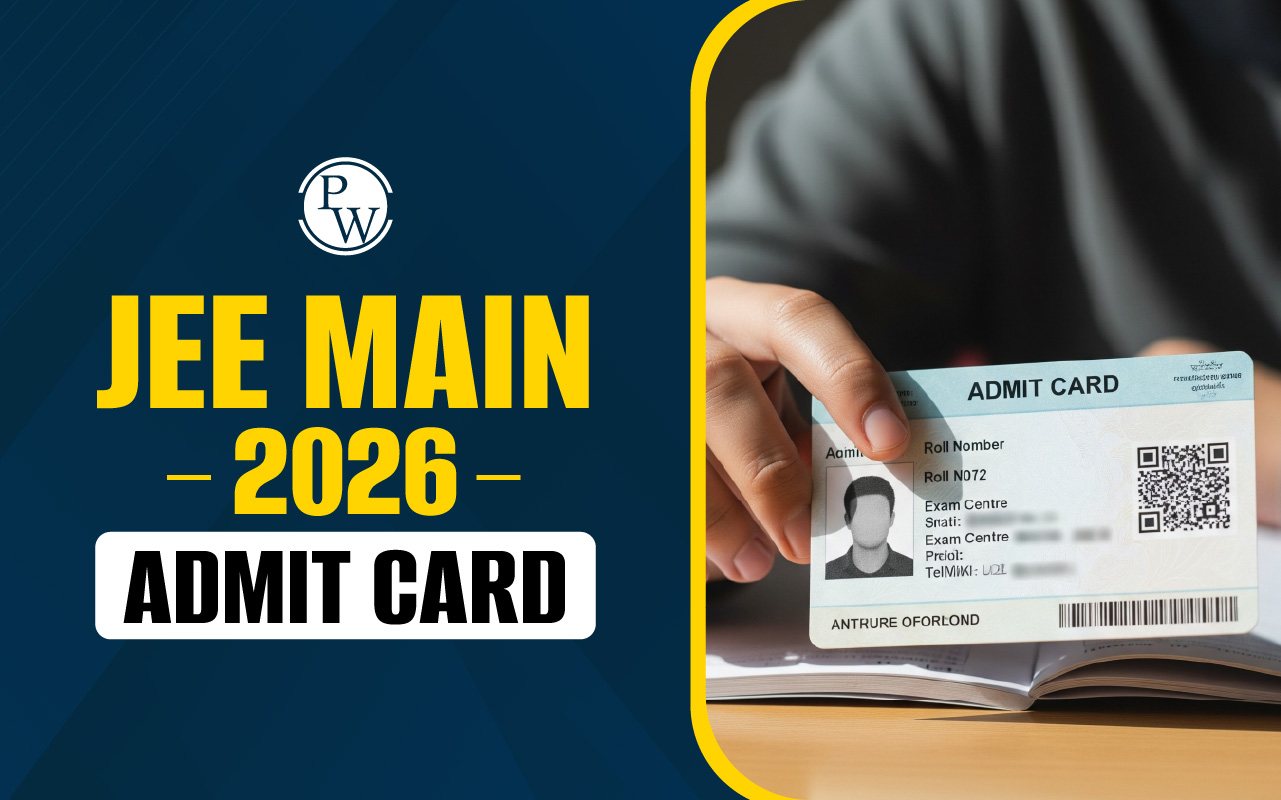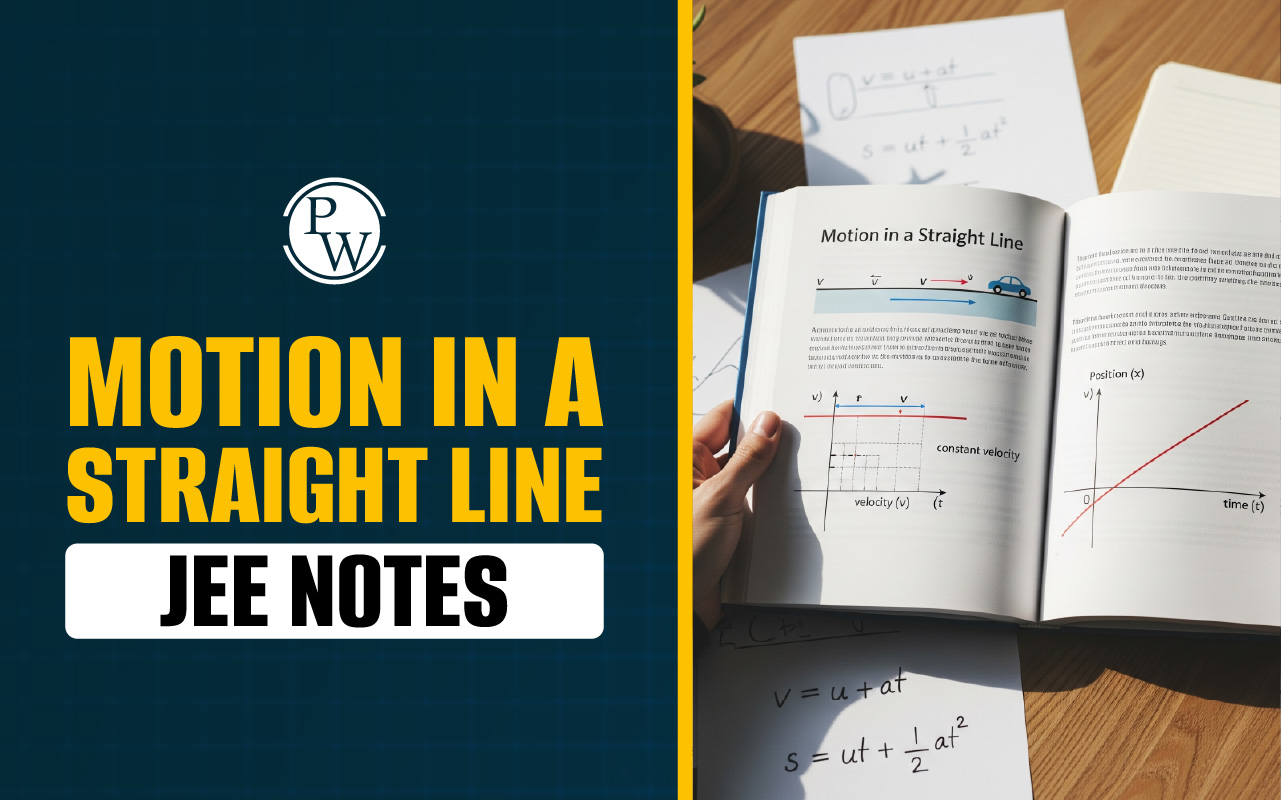
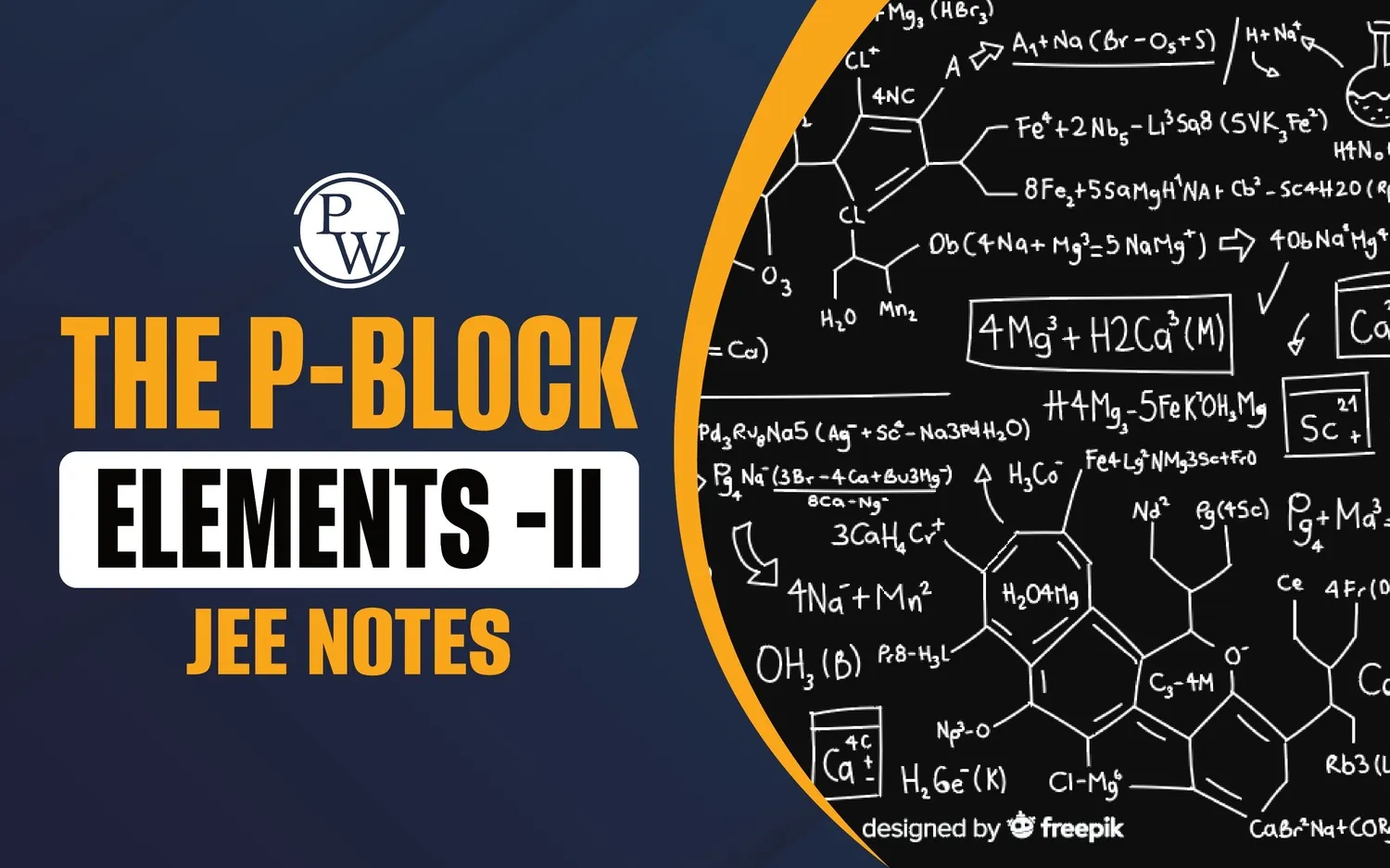
p-Block elements -II JEE Notes: The p-Block Elements – II chapter deals with Groups 15, 16, 17, and 18 of the periodic table, focusing on elements like nitrogen, oxygen, halogens, and noble gases. It covers their electronic configurations, oxidation states, chemical properties, and important compounds such as ammonia, nitric acid, sulfur dioxide, and phosphorus halides.
Students also learn about trends in acidity, basicity, bond strength, and oxidation numbers. This P block elements chapter is important for understanding the periodic variation in properties and their real-world applications in fertilizers, acids, bleaching agents, and industrial gases, making it highly important for JEE preparation.
The p-Block elements -II JEE Notes PDF
To help you prepare better for JEE Chemistry, we have provided a downloadable PDF of The p-Block Elements – II notes below. This PDF includes all the important concepts, periodic trends, reactions, and properties of Groups 15 to 18 elements in a clear and easy-to-understand format.
It also covers key compounds, oxidation states, and applications that are frequently asked in exams. You can use this PDF for quick revision and concept clarity before your JEE exam.
The p-Block elements -II JEE Notes PDF
P-Block Elements -II Important Questions JEE
To strengthen your JEE Chemistry preparation, we have listed important questions from The p-Block Elements – II below.
These questions cover all major topics, including trends, reactions, and compounds from Groups 15 to 18. Go through P-Block Elements -II Important Questions JEE carefully to test your understanding and boost your exam readiness.
1. What is Ostwald’s process for the preparation of nitric acid?
Answer:
In the Ostwald process, ammonia is oxidised to nitric oxide using a Pt/Rh catalyst at 500 K and 9 bar pressure.
Steps:
(i) 4NH₃ + 5O₂ → 4NO + 6H₂O
(ii) 2NO + O₂ → 2NO₂
(iii) 3NO₂ + H₂O → 2HNO₃ + NO
2. Why does concentrated nitric acid appear yellow? Explain.
Answer:
Concentrated HNO₃ appears yellow due to decomposition by sunlight, forming nitrogen dioxide (NO₂), which is a brown gas imparting yellow colour to the acid.
3. Give one reaction showing nitric acid as an oxidising agent.
Answer:
Cu + 4HNO₃ (conc.) → Cu(NO₃)₂ + 2NO₂ + 2H₂O
4. What is the action of nitric acid on non-metals? Give the equation.
Answer:
Hot and concentrated nitric acid converts non-metals into their highest oxyacids, releasing NO₂ gas.
Example: S → H₂SO₄, P → H₃PO₄, I₂ → HIO₃.
5. Write one reaction showing the action of dilute HNO₃ on zinc.
Answer:
4Zn + 10HNO₃ (dilute) → 4Zn(NO₃)₂ + 5H₂O + N₂O
6. What are the oxidation states shown by nitrogen and phosphorus?
Answer:
Nitrogen shows oxidation states from –3 to +5, while phosphorus shows –3, +1, +3, and +5. Intermediate states tend to disproportionate into +5 and –3.
7. Write the reaction for the preparation of phosphine (PH₃).
Answer:
Ca₃P₂ + 6H₂O → 3Ca(OH)₂ + 2PH₃
8. Mention one physical property of phosphine.
Answer:
Phosphine is a colourless gas with a smell of garlic or rotten fish and is slightly soluble in water.
9. What happens when phosphine is heated?
Answer:
4PH₃ → P₄ + 6H₂ (at 713 K)
10. How is sulphuric acid manufactured by the contact process?
Answer:
(i) 2SO₂ + O₂ ⇌ 2SO₃ (in presence of V₂O₅ at 450°C)
(ii) SO₃ + H₂SO₄ → H₂S₂O₇
(iii) H₂S₂O₇ + H₂O → 2H₂SO₄
11. Give one use of sulphuric acid.
Answer:
It is used in the manufacture of paints, pigments, and fertilizers, and in lead storage batteries.
12. Arrange the halogens in order of decreasing reactivity.
Answer:
F₂ > Cl₂ > Br₂ > I₂
13. Write one displacement reaction involving halogens.
Answer:
2KBr + Cl₂ → 2KCl + Br₂
14. What is meant by interhalogen compounds? Give examples.
Answer:
Interhalogen compounds are formed when two different halogens combine, one being more electropositive.
Examples: ClF, BrF₃, IF₅, IF₇.
15. Which is the first noble gas compound discovered?
Answer:
O₂[PtF₆] is the first noble gas compound discovered, formed by the reaction of oxygen with platinum hexafluoride.
Benefits of Using the p-Block elements -II JEE Notes
To help you prepare effectively, we have listed the key benefits of using The p-Block Elements – II JEE notes below:
Complete and JEE Exam-Oriented Coverage:
The p-Block Elements – II JEE notes cover all major topics from Groups 15 to 18, including nitrogen, phosphorus, sulfur, halogens, and noble gases, for the students.
Each topic is explained with clarity, focusing on reactions, structures, and periodic trends that are repeatedly asked in JEE Main and Advanced exams. These topics will help you prepare better for the examination.
Includes All Important JEE Formulas for Quick Revision:
These notes compile all p-Block Elements – II formulas JEE candidates need to solve chemical reaction and conceptual problems effectively.
Important equations like Ostwald’s process, contact process, and interhalogen compound formation are clearly presented for fast recall during exams.
Contains High-Quality JEE Important Questions:
The notes include a curated list of p-Block Elements – II important questions JEE, covering both theoretical and application-based problems. These questions are carefully chosen based on previous year trends and frequently tested concepts.
Detailed Solved Examples for Conceptual Clarity:
To strengthen understanding, the material provides p-Block Elements – II solved examples of JEE with step-by-step solutions.
These examples help students learn how to apply concepts like oxidation states, disproportionation, and reactions of halogens and noble gases in the exam for better performance.
Clear and Easy to Understand Format:
The JEE Main notes for p-Block Elements – II are written in a simplified language that makes complex reactions and mechanisms easy to understand. The use of bullet points, tables, and short summaries helps students revise faster without confusion.
Provides Both Conceptual Learning and Problem Solving:
These JEE notes not only focus on factual information but also explain the reasoning behind each chemical trend. The student who has learned all the concepts can only clear the exam with good scores, so always focus on concepts, not only on the learning part.
By studying p-Block Elements – II JEE notes, students can confidently solve both MCQs and numerical questions in the exam. Also, ask doubts to your teachers if any. Do not leave doubts.
Good for Last-Minute JEE Revision:
The JEE notes include all the important reactions, p-Block Elements – II formulas JEE, and shortcut trends, making them perfect for quick revision before mock tests or the final JEE exam. Also, always use these types of short notes or formula notes in the last minute for better preparation.
Made According to the Latest JEE Syllabus:
All topics in these notes are made as per the latest syllabus and according to what can be asked in the exam. So do not worry, just revise these, revise all formulas for the exam, and all the best to all the students appearing for the JEE Exam.
The p-Block elements -II JEE Notes FAQs
What do the p-Block Elements II JEE notes cover?
Are all p-Block Elements II formulas JEE students need included in these notes?
Do the notes contain p-Block Elements II important questions JEE level?
Are there any p-Block Elements II solved examples JEE students can practice?

